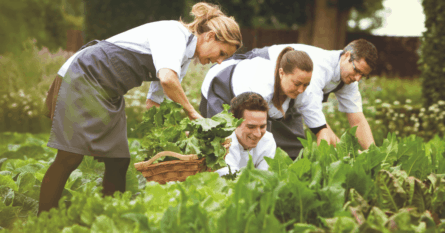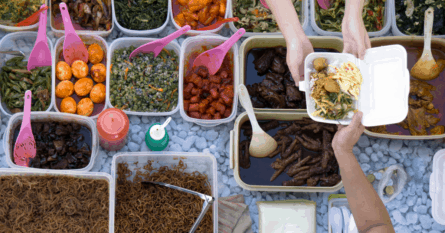From fava beans to poisonous fruit, take a look at what people around the world tuck into for breakfast.
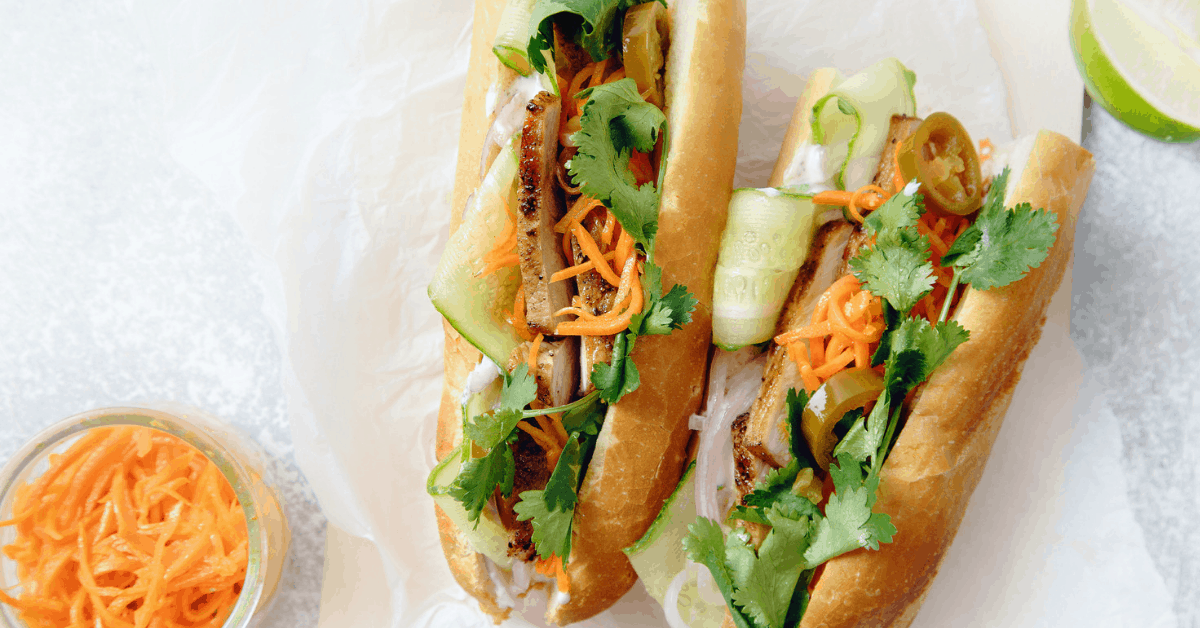
It’s said the most important meal of the day is breakfast. It helps boost those energy levels and keeps us powered up until lunchtime. So how do people around the world break the fast from the night before? Let’s take a look.
Banh Mi, Vietnam
The French may have brought the baguette to Vietnam, but the Vietnamese showed them how to make this filled sandwich stand out.
The Vietnamese ate the baguette in the same way as the French did with cheese or butter, but when the colonialists left in 1954, the Vietnamese switched out the expensive butter and cheese for pickled carrot, grilled meats, fresh coriander, chili, pate, and mayonnaise to create a spicy, salty, savory, and aromatic flavor sensation that everyone could afford to enjoy.
Ful medames, Egypt
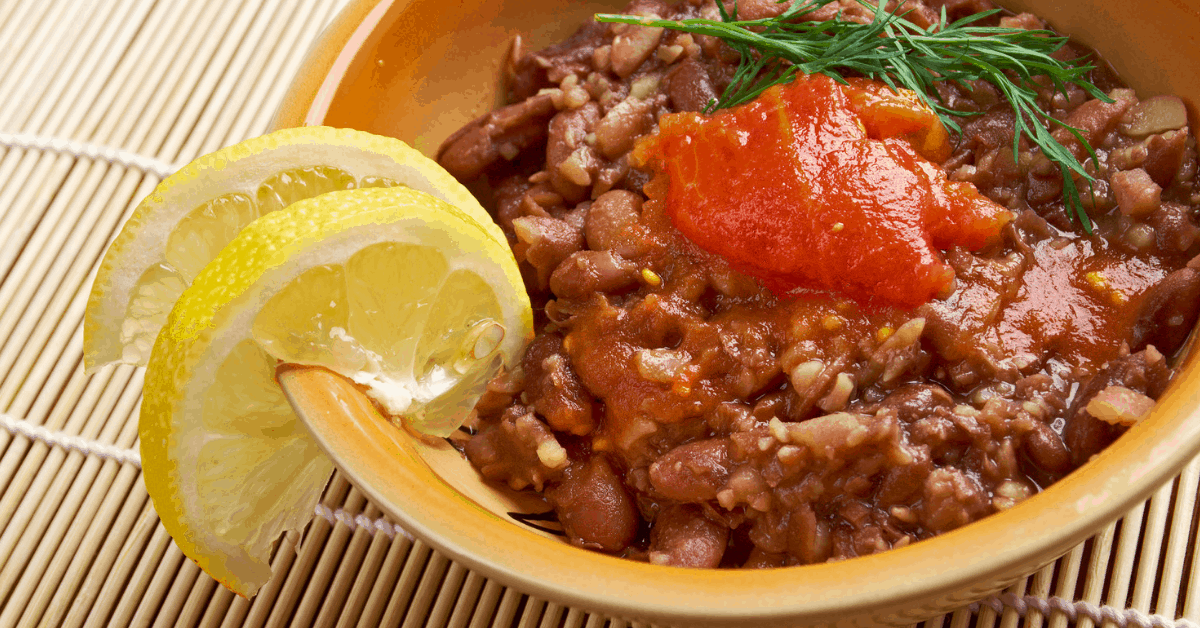
While the West might go to work on an egg, the Egyptians start their day with dried beans. This wholesome stew of fava beans, cumin, chopped parsley, onion, and chili pepper is said to date back to Ancient Egypt, with similar beans found in Pharaoh’s tombs. It is thought the name fava, which translates to “bath beans” came about during the Middle Ages, as the people who worked at the public baths would use the embers of the fires that warmed the water during the day, to heat cauldrons of ful medames overnight.
Churros and chocolate, Spain
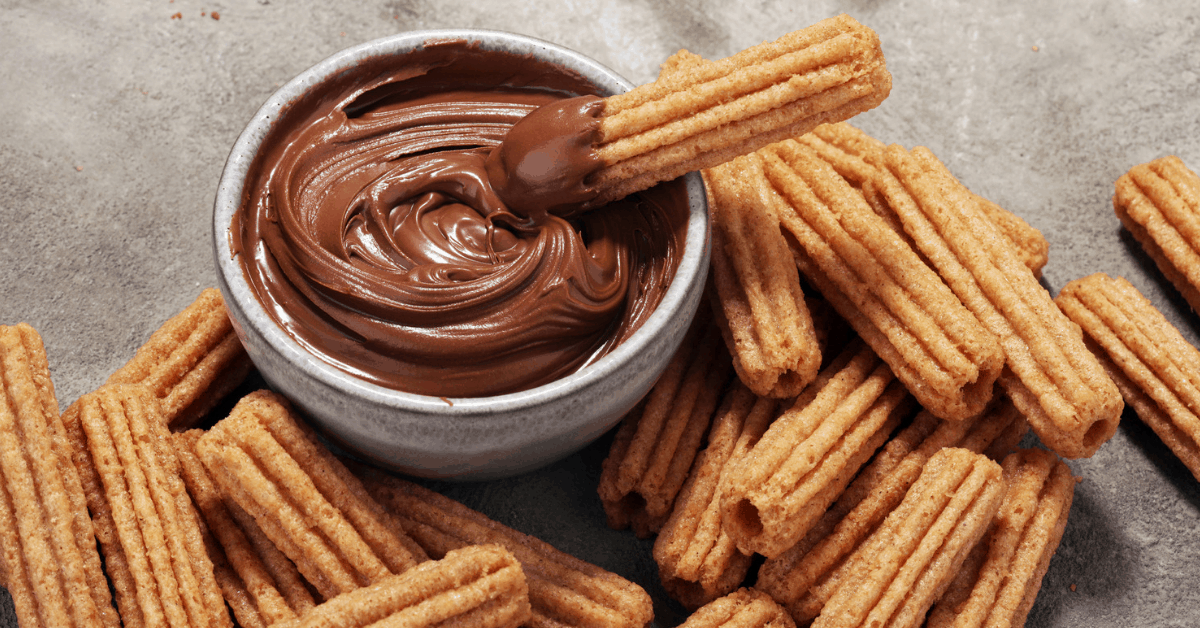
The Spanish know how to start their day in style – with chocolate and donuts. When the sun comes up, they sit down to a simple breakfast of thin crunchy choux dough fingers, which they then dip into bowls of rich, thick chocolate sauce you can only eat it with a churro.
Yemeni Shakshouka, Yemen
Visitors to the Middle East may have encountered shakshouka – a pan filled with a rich passata-style tomato sauce with a couple of plump poached eggs nestled within. But the Yemeni chefs chose to give their version a touch of spice with hot green chili peppers, cumin, turmeric, cardamom, and clove. And rather than separate the eggs and tomatoes they scramble the eggs with the tomatoes and serve this highly spiced mix in hot naan or pita. Who wouldn’t want to wake up to that?
Changua, Colombia
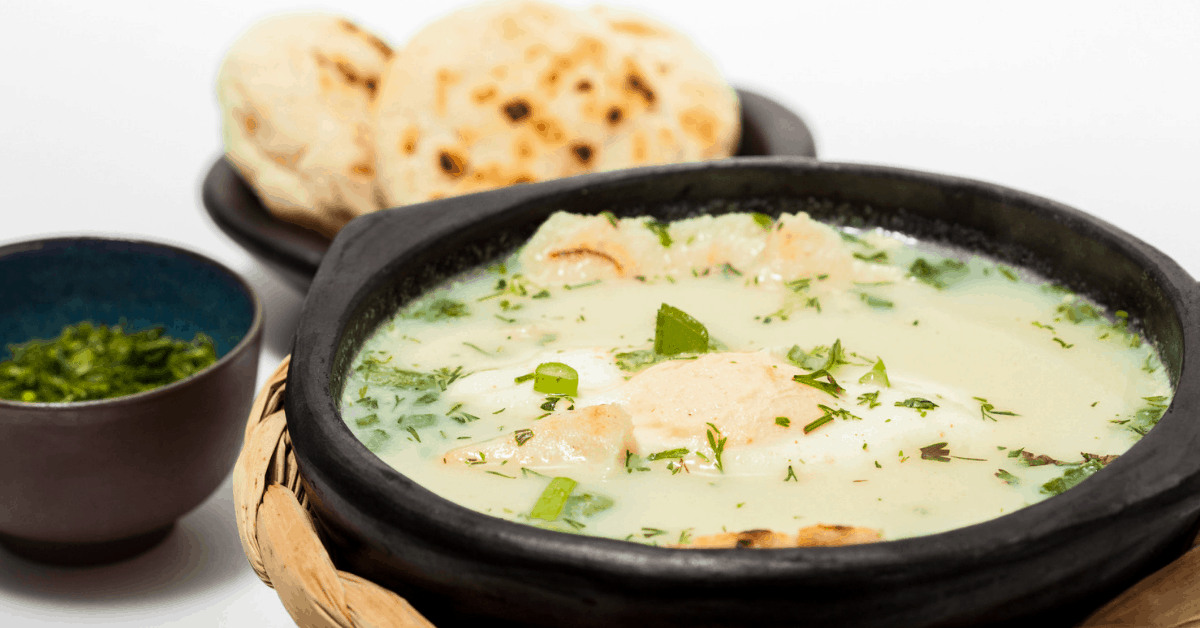
If anything is going to get a Colombian ready for the day it’s a bowl of mama’s changua. This hearty soup is a blend of water and milk which is warmed before a raw egg is cracked into it. The bowl is then covered with chopped spring onions.
Families enjoy bowls of this at breakfast, which they eat with pieces of dried bread used to dip into the soft, warm mixture. Those not bothered about calorie counting also melt a chunk of cheese in the soup. While it’s also eaten in Boyacá and Bogota, it’s a favorite for those who live in the mountainous regions who need a warm treat to start the day.
Waakye, Ghana
No matter where you go in Ghana you’ll find someone selling waakye. This protein-packed blend of rice, beans, cow skin, tomatoes, and spices is what helps the Ghanaians kickstart their day.
Each region has their own idea of what is the right ratio of rice to beans, but they can all agree they wouldn’t start their day any other way. The beans are soaked overnight, then cooked along with rice inside a cereal-like sorghum leaf. Once cooked, they serve this blend with boiled eggs, cooked cowhide, fried fish, or plantain and plenty of hot pepper sauce.
Uttapam, India
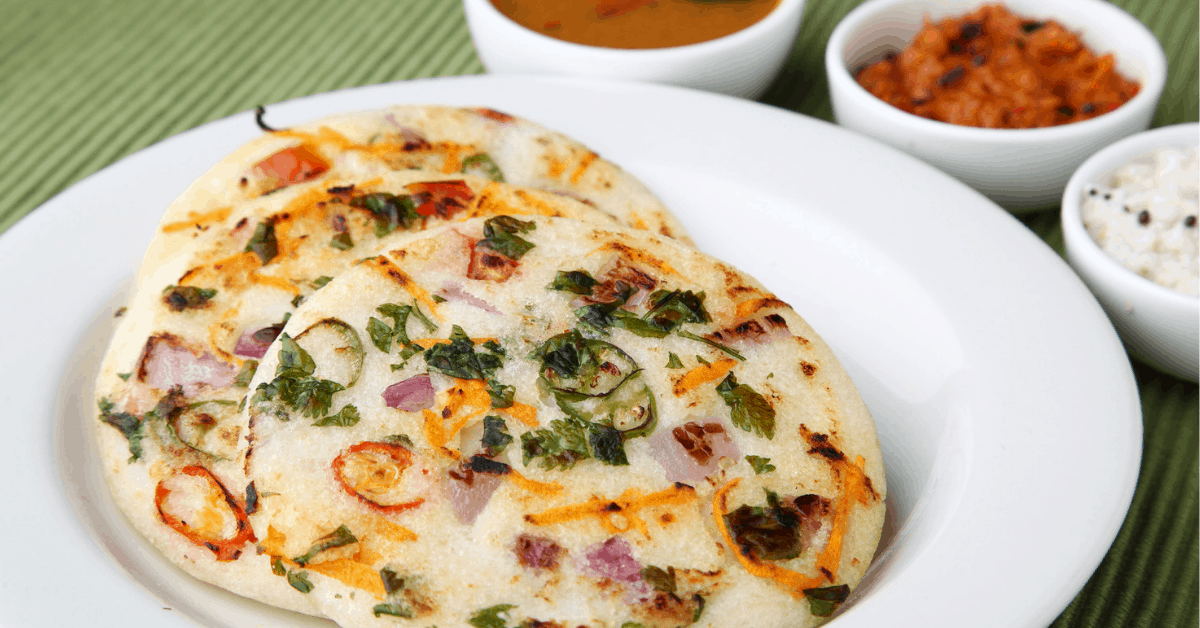
Many Indian households combine rice, lentils, and batter to create palm-sized pancakes for breakfast. These savory treats are then filled with tomatoes, onions, chilies, carrot, and sometimes coconut as well as lashings of tomato, green chili, or mint chutney. Food bloggers have said it’s like enjoying three dishes in one – it’s crispy like a dosa, soft like an idli (a soft rice cake), and looks like a pizza.
Kaya toast, Singapore
If you want to start your day the right way in Singapore, you need to chow down on softboiled eggs and sweet kaya toast. This breakfast set is served all over the city.
The meal consists of two crisp pieces of toast that are joined together by a coconut jam, called kaya. The toast is then topped with a chunk of butter and served with sweet tea or coffee and two soft boiled eggs. The coconut jam is a mixture of coconut milk, sugar, and egg. Locals will often season their eggs with a splash of soy sauce and ground white pepper. This treat is also a favorite in Malaysia.
Ackee and saltfish, Jamaica
This fresh fruit and salt combo isn’t just any meal—it’s said to be Jamaica’s national dish. The creamy fruit ackee arrived from Africa in the 18th-century and has been front and center in the sweet and savory breakfast combo ever since.
Locals serve this bright yellow mix, which looks like scrambled eggs, with green bananas, fried plantains, cured fish, or crisp Caribbean dumplings. But you have to have your wits about you before you chomp into the ackee fruit as the seeds and unripe flesh are poisonous to eat.
Putu pap, South Africa
Putu pap or “crumbly porridge” is a South African favorite. South Africans often serve this maize, water, sugar, and milk mix at breakfast. In fact, they love it so much, they’ll often switch the sugar and milk for a savory tomato sauce and serve at lunch with grilled meats, known as “braai”.
For the breakfast dish, maize is brought to the boil in water, cover with a lid and left to cook on a low heat for 30 minutes before the putu pap is fluffed with a fork to get that crumbly texture.

